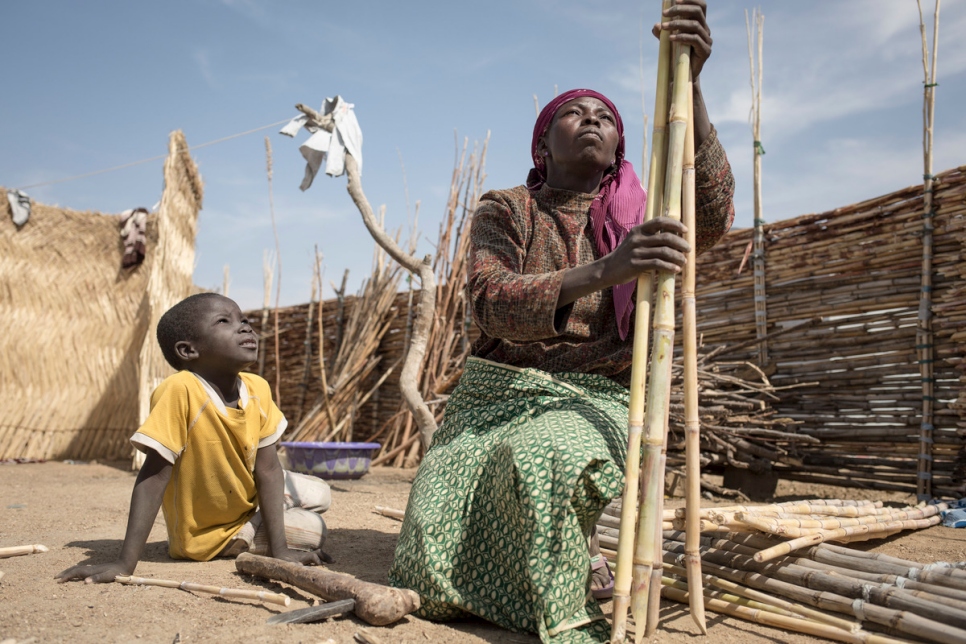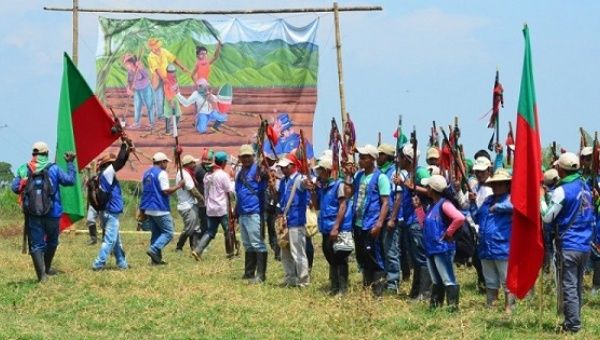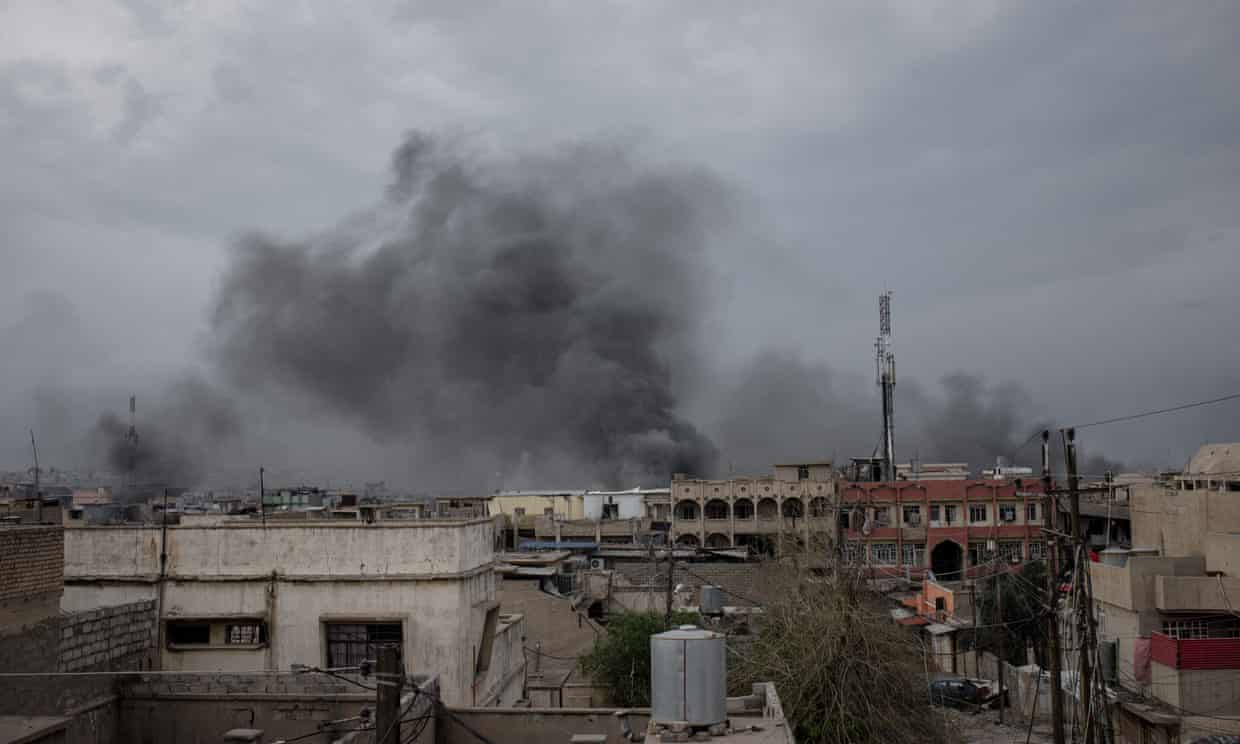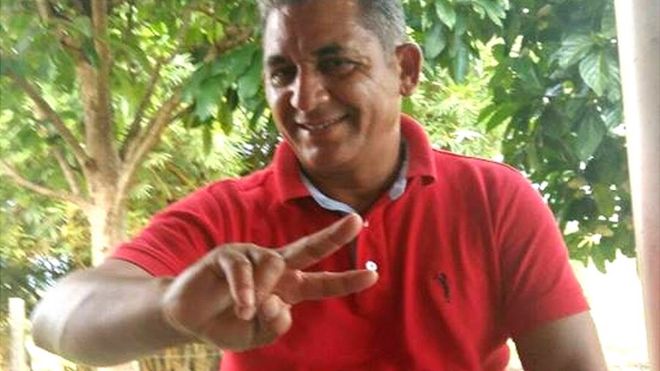By Samantha Netzband
Impunity Watch, Africa Desk Reporter
YAOUNDE, Cameroon– Word is spreading that Cameroon is returning refugees to Nigeria despite the fact the country is still facing conflict with Boko Haram. UNHCR and other international organizations that work to protect refugees are deeply concerned by Cameroon’s actions. According to reports 2600 refugees have been forcefully returned to Nigeria from Cameroon.
Refugees at a camp in Cameroon. (Photo Courtesy of UNHCR)
UNHCR spokesperson Babar Baloch detailed a specific situation where Cameroon soliders forced refugees out of the country. “UNHCR teams have heard and documented accounts about Cameroonian troops returning refugees against their will – without allowing them time to collect their belongings. In one incident on March 4, some 26 men, and 27 women and children, were sent back from the Cameroonian border town of Amtide, in Kolofata district, where they had sought refuge, according to UNHCR monitoring teams in the border regions.” UNHCR has acknowledged Cameroon’s generosity in accepting 85,000 refugees but is calling upon Cameroon to be responsible for its obligations under international law.
Boko Haram has killed 15,000 and displaced 2 million in Nigeria. While a regional coalition has been able to push back Boko Haram they have been successful in being more active in the the Lake Chad area. Boko Haram is also not only an issue for Nigeria, but Cameroon. 200,000 Cameroonian’s have left their homes because they fear Boko Haram’s violence may spread.
For more information, please see:
BBC Africa – Boko Haram crisis: Cameroon ‘forcing Nigeria refugees home’ – 21 March 2017
news 24 – Cameroon expelled 2 600 Nigerians fleeing Boko Haram: UN – 21 March 2017
UNHCR – UNHCR concerned about return of Nigerian refugees from Cameroon – 21 March 2017




